User Interview
Daewoo Engineering & Construction Co. Ltd. is one of the leading companies in the construction and plant engineering industry in South Korea. Daewoo E&C’s main business areas are housing, civil construction, and plant E&C (Engineering & Construction). We spoke with three representatives (Mr. Won-Pil Hong, Mr. Nam-Suk Hong and Mr. Ju-Seong Kim) from the piping engineering team, which is responsible for FEED, bidding stage, or the detail design, in plant projects to hear about the challenges they faced and how they found the benefits of PlantStream.
- Challenges:
- Working with subcontractors on smaller-scale projects incurred minimum costs thus lowering profitability
- Using previously adopted auto-routing software did not offer necessary functionalities
- Transitioning from traditional 2D-centric to a 3D data-centric model in response to industry trends favoring 3D models
- Key Factors for Software Adoption:
- Highly accurate and fast automatic routing reduces man-hours and achieves faster quantity estimation when equipment or structure positions change on the plot
- Easily accessible User Interface allows users to easily modify piping routing as desired and enhances plant optimization without difficulty
- Compatibility with other detail-design software used in the company, making it easy to seamlessly convert the models used in the bidding phase into the detailed design stage to continue the modeling process after winning a project
- Various capabilities that allow Daewoo E&C to keep up with industry trends favoring 3D models
- Benefits:
- Expect to increase profitability by establishing more cost-effective in-house estimate execution
- Fewer man-hours necessary with PlantStream’s high-speed auto-routing software
- Improvement in bidding process efficiency and competitiveness by accelerating quantity estimation and executing layout study
- Enhanced routing study skills for piping engineering team members
Optimizing Plant Engineering Bidding Strategies: Accelerating In-house Quantity Estimation for Enhanced Profitability with PlantStream
Use Case of Piping Engineering Department at EPC Contractor

– Please tell us about your company’s business and the department that uses PlantStream.
Won-Pil Hong: Daewoo E&C focuses on housing, civil construction, and plant E&C. Our team, part of the piping engineering division, handles FEED and detailed design for various plants like oil and gas, power, industrial, and nuclear.
I am a Manager of the Piping Engineering Team, where we have been employing the PlantStream software. I joined the team in 2013, and have been working in this industry for 10 years now. I’ve primarily been involved in oil and gas plant projects and am currently responsible for the implementation of PlantStream within the team.
Ju-Seong Kim: I am also a Manager of the Piping Engineering Team and one of the team members who considered PlantStream implementation. I have been working as a piping engineer for 15 years with experience in creating piping designs for various oil and gas plant projects.
Nam-Suk Hong: I am the Assistant Manager of the Piping Engineering Team and I also tested out the PlantStream software when we were considering implementation. I have also worked in this field for 10 years and my main work has been centered on handling oil and gas plant projects.
We thought PlantStream would empower us to perform bidding projects independently and in turn increase the profitability for our company.
– Could you share some of the challenges and issues your company was facing that led your team to implement PlantStream?
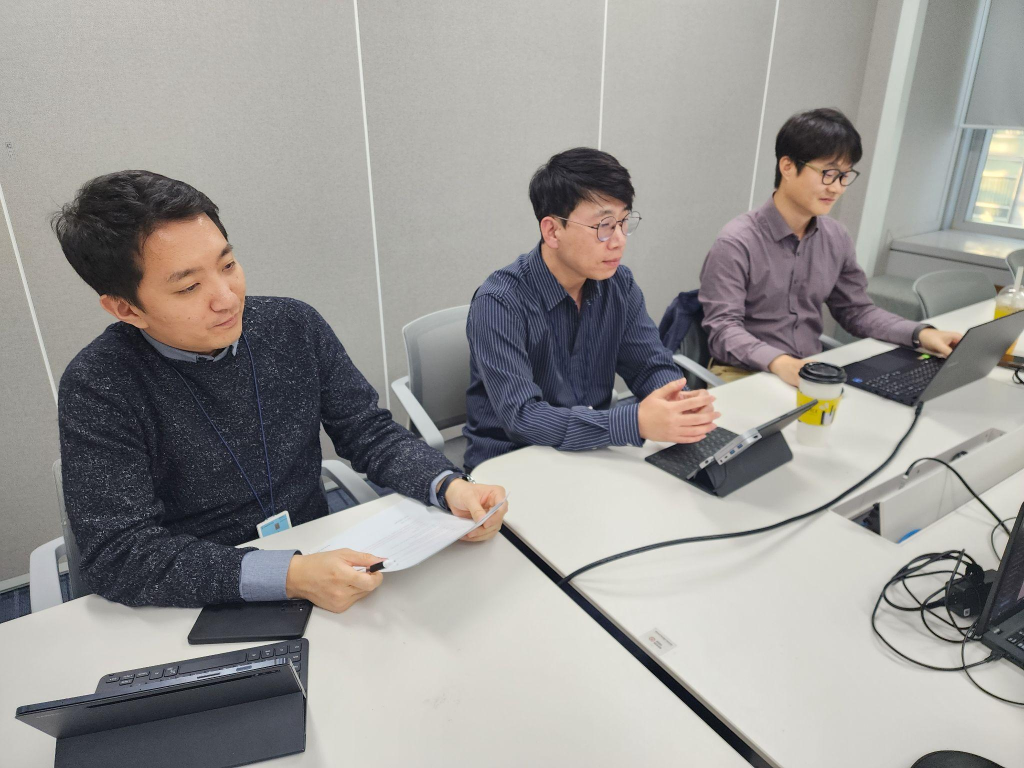
Won-Pil Hong: Our company used to primarily focus on large-scale projects, such as refineries and separation plants. On projects of this scale, we always had to collaborate with a subcontractor during the bidding process. However, since these types of large-scale projects did not always guarantee profitability, we had to diversify our business by also taking on smaller-scale projects.
When we conducted smaller projects with subcontractor partners, the financial results were unsatisfactory. Partnering with a subcontractor always incurs a certain minimum cost, no matter how small the project is. Thus, the profitability of the project and subsequently our company’s earnings would be affected.
Because of this, we decided to transition our smaller-scale projects to be managed in-house.
Looking for in-house cost and material estimate execution alternatives, we sought auto-routing programs and found PlantStream, which addressed our needs better than the 3D CAD software we had been using previously.
We found that PlantStream seemed to provide realistic pipe routing and many other features we desired. This is what led to our decision to adopt the software.
– Aside from PlantStream, are there any other initiatives currently in place aimed at improving the efficiency of plant design work?
Nam-Suk Hong: We are currently transitioning from a traditional 2D-centric to a 3D data-centric model in response to industry trends favoring 3D models. This shift aims to adapt to the changing landscape where 3D models are increasingly preferred over 2D drawings.
Won-Pil Hong: As Nam-Suk stated, we are now trying to implement projects from a 3D base, which means transitioning to a system in which all of our deliverables can be carried out in 3D. To do this, we have to store all of the data and information in a data center.
Such shifts to digitalization of data is a worldwide trend that we have been seeing in this industry. These digital-centric environments will help us to achieve more accurate plant engineering at the expense of fewer man-hours.
The industry paradigm is changing, so we have to follow these trends and make strides to become more 3D data-centric.
– How did you hear about PlantStream and what prompted your team to learn more about this software?
Won-Pil Hong: I believe we first heard about this program two years ago when our team leader informed us about it via email. Around that time, the head of the division had met with the CEO of PlantStream at an external event. He heard about their software and asked for more information to see if it could address our needs for realistic pipe routing functionality.
We were quite disappointed with our previous 3D CAD program’s auto-routing function, as it was difficult to achieve realistic piping routing through its software. So, we were hoping that PlantStream would give us the tools we needed to allow users to easily modify piping routing as they wanted and enhance plant layout optimization without difficulty.
– What was your evaluation and opinion of PlantStream after using it?
Won-Pil Hong: We were pleasantly surprised! We found that not only could we easily modify piping routing, but that PlantStream offered many other features that we didn’t initially expect. For example, the Block Pattern function* and the convenient settings for rack section layers were a welcome addition to the primary piping routing functions.
*One of PlantStream’s features: pre-set templates of equipment and piping layouts, enabling intuitive 3D editing through parameter adjustments.
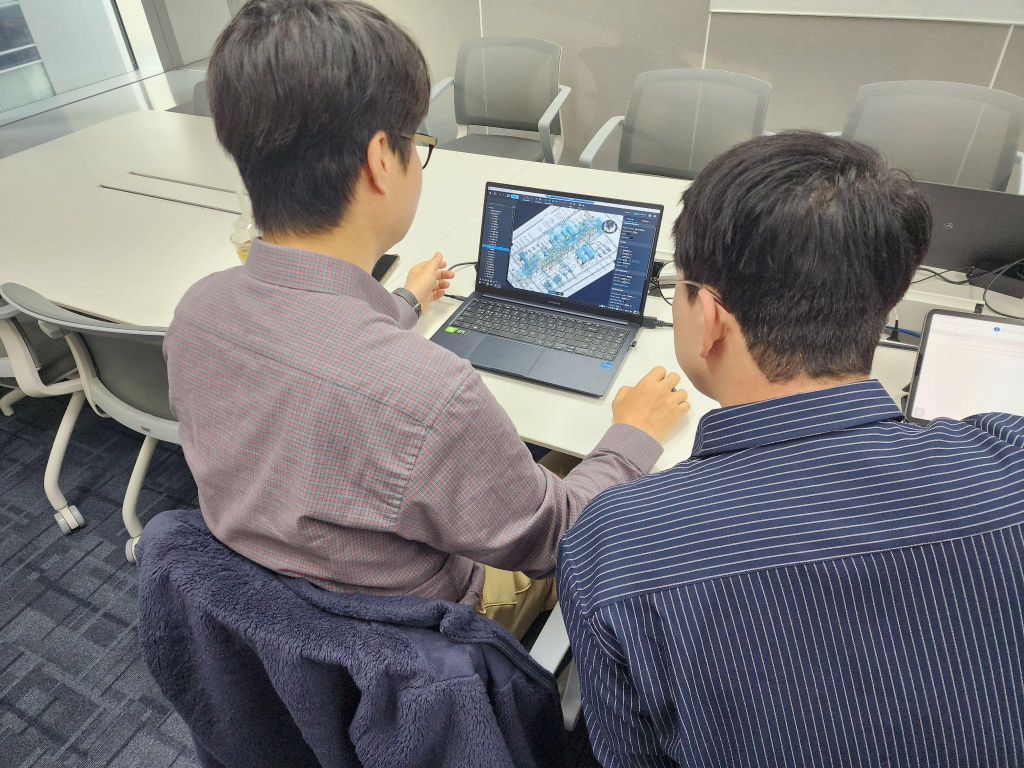
We were pleasantly surprised to find that not only could we easily modify piping routing with PlantStream, but that it also offered many other features that we didn’t initially expect, such as the Block Pattern function.
– What criteria did you have when considering the implementation of PlantStream?
Won-Pil Hong: The most important criteria was whether or not it was economically advantageous for us; in other words, whether PlantStream would empower us to perform bidding projects independently. When trying to conduct bidding projects in-house, we save costs by not having to work through a subcontractor, but might end up having more man-hours on our end. We had to consider that in our cost-benefit analysis as well.
While there were many factors to consider when comparing the two approaches, we believed that if certain key requirements were met by implementing PlantStream, it would give us a competitive advantage.
The only person with the authority to make the final decision was our team leader, though there were no objections from the rest of our members about using this program.
The key question we had to answer was: could PlantStream make up for the shortcomings of the 3D CAD we were using previously?
The easy routing modification, compatibility with other software, and fast auto-routing speed are some of the key features we like most about PlantStream.
– What was the most crucial factor in your final decision to implement PlantStream?
Won-Pil Hong: Compatibility with modeling tools for detail design such as E3D and S3D was crucial. Currently, we are only considering the use of PlantStream in the bidding stage of a project, but if we succeed in winning the project and are able to enter the detailed design stage, having the data from the bidding stage would be extremely advantageous.
Luckily, since PlantStream has done a great job at making up for the shortcomings of our previous program, building consensus for adopting the software wasn’t particularly challenging.
– Did you encounter any internal resistance or negative opinions regarding the implementation of PlantStream?
Won-Pil Hong: The three of us had a very positive view of PlantStream because we were responsible for introducing and establishing the auto-routing program within our team. However, our biggest concern was whether or not other team members would be receptive to the adoption of the new program and workflow without resistance.
People generally tend to have a strong resistance to abandoning their existing work methods and adopting new ones. This tendency is even more pronounced among those who have more experience. Therefore, in our team, the opinions of the senior members were initially mostly negative, to be honest.
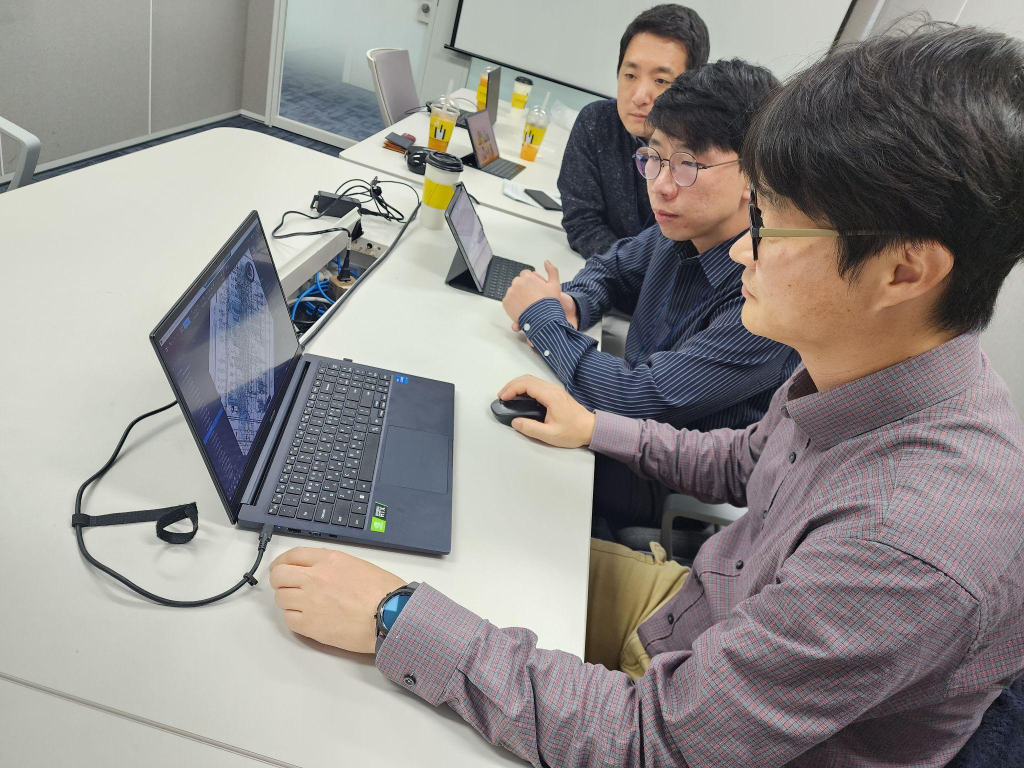
In fact, some of them believed that it wasn’t significantly faster than 2D work, and that the quality of routing was far inferior to that of manual drawing!
However, we had several training sessions with the senior members of our team where we demonstrated the operation and results of PlantStream’s routing modification features. Members then began to use the software on their own, and after one or two weeks of testing it out, they began to change their tune.
After using it for a few months their opinions have completely changed, and they realized that it would be beneficial for all of our employees to learn how to use this software to enhance our department’s competitiveness in the future.
– How are you currently utilizing PlantStream in your company?
Won-Pil Hong: At this moment, we are not directly applying PlantStream to bidding projects. Instead, we are building up our experience by modeling past projects with PlantStream and comparing the quantities. We are also currently working on data-driven adjustments for appropriate quantity corrections for each system.
We know that PlantStream will greatly change the design workflow at the beginning of the bidding stage, and are preparing to put it into practice down the road.
– Please tell us about the benefits or advantages you have experienced since implementing PlantStream.
Won-Pil Hong: The biggest advantage is the significantly faster quantity estimation when equipment or structure positions change on the plot. With the traditional 2D approach, if the plot changed, we had to modify the routing and manually extract quantities again. With PlantStream, it’s easy to quickly adapt to such situations.
– What is your impression of the support you received during and after implementation of the software?
Won-Pil Hong: PlantStream provides feedback on our queries almost in real-time through the Teams app which has been incredibly helpful for us. In the early stages, there were many instances where work didn’t progress smoothly because we were still quite unfamiliar with the software. During such times, timely responses to our queries were crucial to keep our work proceeding smoothly. PlantStream has excelled in this regard, providing quick and accurate responses, which has been a huge help to us.
They also held regular meetings to listen to our overall feedback on the program and even now they continuously enhance the software through modifications or additions in periodic software updates. As a user, it’s reassuring to know that they take our voices into account, and that they consistently aim to improve their software.
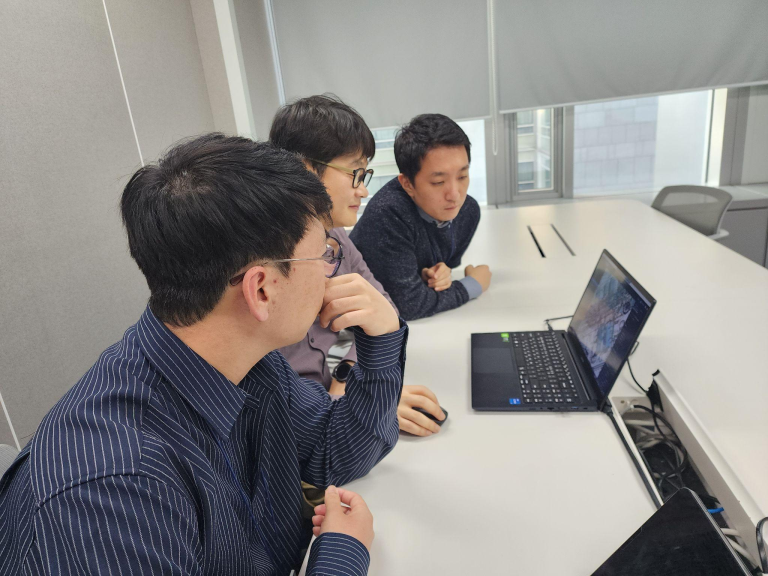
PlantStream will undoubtedly become a powerful tool to achieve more efficient and cost-effective routing layouts and bidding processes.
– Looking to the future, how do you plan to utilize PlantStream moving forward? What benefits do you expect to see?
Won-Pil Hong: We are planning to model each unit for every process we have experienced before, and calculate factoring values by comparing them with the actual quantities. This way, in the future, if we need to conduct a bidding project for similar process units, we can quickly modify the existing model and calculate quantities using the previously determined factoring values to create the final BOM (Bill of Materials).
Ju-Seong Kim: PlantStream brings advantages not only for speeding up work with automatic piping routing, but it is also a powerful tool that individuals can use to enhance their routing study skills. Therefore, as I use this program more regularly I can see that I will develop the ability to conduct more efficient routing studies.
In the future, not only the piping department but also all other departments that could impact piping routing, or structure inform, such as, electrical, instrumentation, civil, and others, could use PlantStream to bid projects. This would allow for more accurate and detailed modeling closer to the actual design, which can be beneficial for quantity estimation.
– What advice would you give to other companies that are considering implementing PlantStream?
Won-Pil Hong: This program can be highly beneficial for all Plant EPC-related companies. Whether you are working in 2D or 3D, it allows you to conduct many trials of various routing options that were previously impossible.
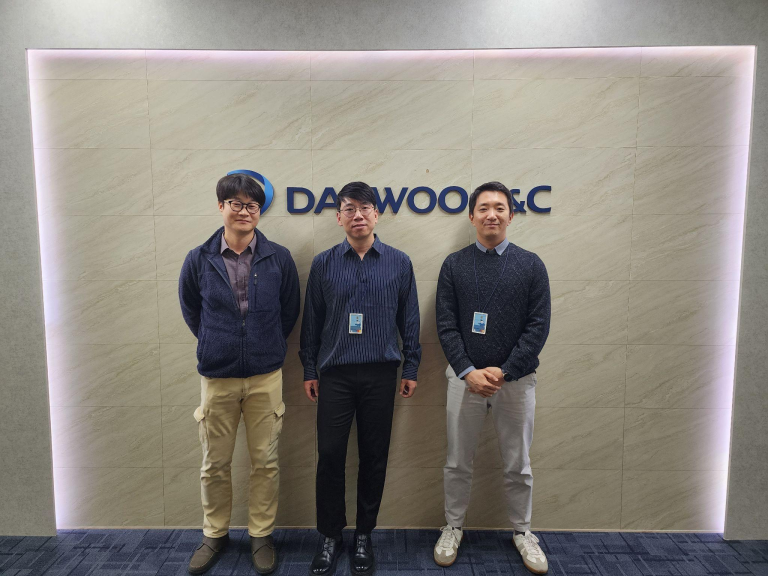
Recommended Interviews
Book a Demo Today
Connect with an expert to start your PlantStream journey.
Realize more efficient 3D plant design through seamless workflows.
